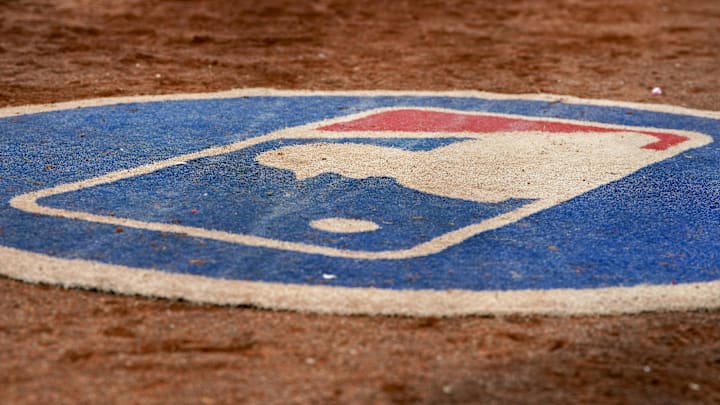Heading into 2023, the MLB made some significant rule changes. These adjustments, highlighted by the pitch clock and larger bases, aimed to speed up the game while providing more action. Atlanta Braves superstar Ronald Acuna Jr. proved to us that the size of the bases does matter by swiping 73 bags.
It also increased how quickly pitches are being delivered to the plate and could have impacted pitchers as a bit as we saw a bit more shoulder injuries last season but for the most part it worked out well and games ended a lot faster and saw more action.
Before the 2023 season, there were 11 consecutive years in which the average game time for an MLB contest was over 3 hours. The average game time after rule changes were implemented was around 2 hours and 40 minutes.
However, more adjustments are coming whether fans want them or not. Let's check out some of the new tweaks coming for the 2024 season.
More room to run
To protect baserunners from collisions and avoid interference calls, the lane to first base will be widened. The league had increased base size hoping to avoid collisions as much as possible. We saw a scary moment in the NLDS between the Braves and Phillies where Bryce Harper and Matt Olson collided and MLB wants to avoid those as much as possible.
Bryce Harper suffers an apparent injury after colliding with Matt Olson on a play at first base pic.twitter.com/dsOMaU1TXY
— FOX Sports: MLB (@MLBONFOX) October 13, 2023
The league approved a widening of the runner’s lane to now include the dirt between the foul line and the infield grass. According to MLB.com's Anthony Castrovince, "Under the new rule, this runner’s lane will still be chalked in order to keep runners from drifting too far into foul territory on plays in which the ball is in foul territory, such as dropped third strikes. But instead of forcing the runner to be in foul territory (right of the foul line), the runner will now be deemed in compliance with the rule as long as both feet remain on the dirt path between home and first."
To make sure that the runner's lane is clear, some MLB ballparks will be required to modify their current field setups to accommodate this. This rule is one of the better proposed changes for the upcoming seasons.
If you step on the mound, game on
24 separate times last season, a pitcher stepped on the mound to warm up but did not face a batter. This would happen when opposing managers were in a cat-and-mouse battle trying to find favorable matchups. MLB has decided that once a pitcher warms up between innings, they have to face at least one batter (as well as following the three-batter minimum rule).
The only exception to the three-batter minimum is if their first or second out-recorded ends a frame. Along with this, if a new pitcher steps onto the warning track with less than 2 minutes remaining on the inning break clock, the clock resets to 2 minutes. The clock had been resetting to 2:15 in 2023. MLB revealed that inning break containing pitching changes averaged 2:35 last season and motivated them to make a change.
Pitch clock shortens
The pitch clock can be identified as the main reason MLB games finished quicker last season. In 2023, with no runners on base, a pitcher had to begin his delivery to the plate in 15 seconds. That remains the same for 2024 but with runners on base, it is different.
When a pitcher is in the stretch with runners on, they will now have 18 seconds to begin his delivery to the plate rather than 20 seconds. Pitchers are still not allowed to attempt a pick-off more than twice without throwing a pitch.
There is also a change to how the clock resets after a dead ball. Before, the clock would reset and resume once the pitcher was on the mound. Now, the Field Timing Coordinator which operates the pitch clock, will start the clock when the pitcher is in possession of the ball. This prevents a pitcher from delaying the clock by walking around the mound.
Mound visit limit
Speaking of the mound, last season each team in an MLB contest was allotted five mound visits. Once a limit was put on this, mound visits became less common. According to Major League Baseball, the league averaged a total of 2.3 mound visits in 2023.
They have decided to lower the limit for 2024 and teams will be allowed just 4 mound visits. However, teams will be allowed an extra visit for the ninth inning if the defensive team has no remaining mound visits at the end of the eighth inning.
That's all of the proposed rule changes announced for 2024 and all of these new rules will be implemented in Spring Training. Look for umpires to strictly enforce them during preseason play so that players across the league may grow accustomed to the changes by Opening Day.
Braves fans will remember the pitch clock having an impact on the team immediately as they suffered at the hands of a batter not being ready in time and ended the game on a called third strike due to the violation. That kind of moment is likely to happen again but better that it happens in the Spring and not during meaningful regular season games.
